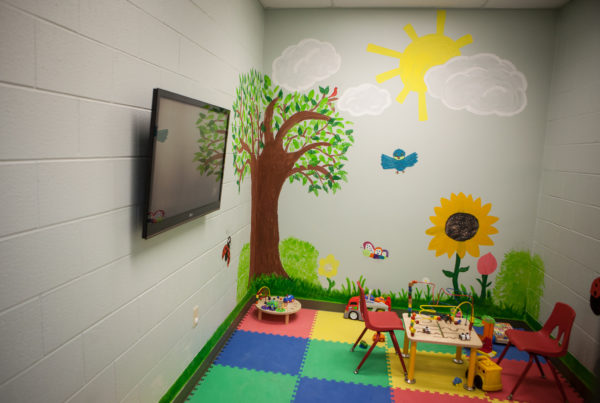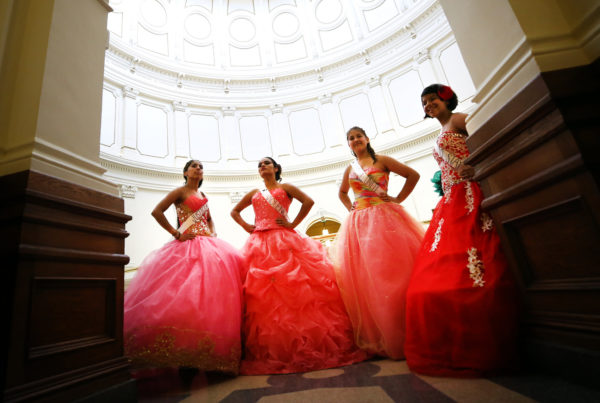By now, you’ve heard about what has been described as a humanitarian crisis-in-the-making on the border. For several weeks, a caravan of would-be asylum seekers from Central America has been making its way through Mexico to the United States. At one time, as many as 1,700 people intended to demand asylum. But this week, as the caravan arrived at the U.S.-Mexico border, south of San Diego, the number of men, women, and children claiming a credible fear of persecution in their home countries has fallen to around 200.
President Donald Trump has told the Department of Homeland Security not to let the caravan of travelers into the U.S., and American advocacy groups have been using the effort to highlight Trump administration policies they oppose.
But what is Mexico’s responsibility here?
Alfonso Lopez de la Osa Escribano is director of the Center for U.S. and Mexican Law at the University of Houston Law Center. He says Mexico’s policy, updated in 2016, grants asylum to anyone who seeks it.
Lopez de la Osa Escribano says that because economic refugees and asylum-seekers travel the same paths as they seek to emigrate, telling the difference between the two kinds of migrants is difficult, and requires the government to assess them on a case-by-case basis.
“To ask for asylum is a voluntary procedure,” Lopez de la Osa Escribano says. “If these persons [do] not start the procedure in Mexico… The Mexican government can do nothing, in that sense.”
Lopez de la Osa Escribano says the ideal solution would be for the Mexican and U.S. governments to collaborate on an approach to asylum policy.
Written by Shelly Brisbin.















